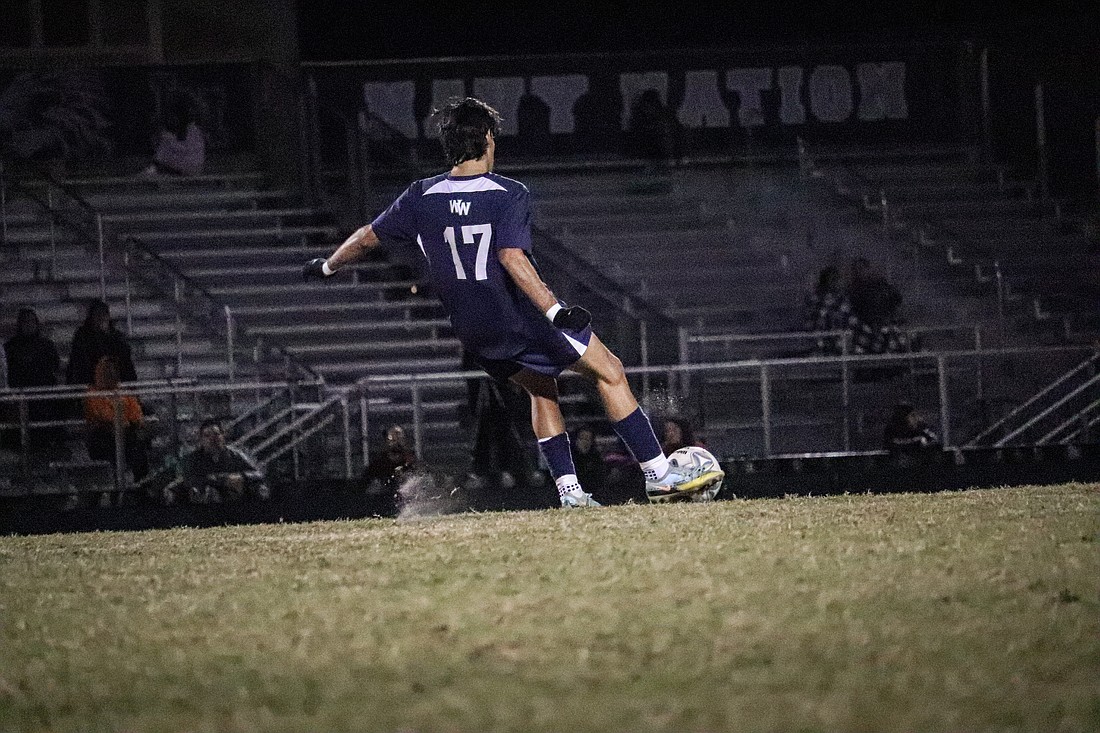- April 27, 2024
-
-
Loading

Loading

My journey into sports photography began two years ago as a 15-year-old videographer for my school’s girls volleyball team. I created a video from all the footage I got and posted it on a new Instagram account, which got a ton of love from everyone at school.
Motivated by that response, I started doing other sports, which led me to my school's soccer team. I realized soccer was my favorite sport to cover.
With experience in sports videography, I naturally transitioned into photography, sharing my work on various social media platforms, which led to recognition from more prominent athletes and organizations and gave me a good reputation among the locals. From my humble experience in sports photography here are a few tips on how to get started.
1
UNDERSTANDING THE SPORT
Before you step onto the field, court or stadium, familiarize yourself with the sport you are photographing, Understand the rules and recognize the most valuable players. This will allow you to position yourself in the right place at the right time.
2
EQUIPMENT
Investing in a mirrorless camera or a DSLR with a fast burst rate and good low-light performance is the definite way to go. A budget recommendation would be the Canon EOS M50 II because it is easy to learn on and provides a quick FPS shooting rate. However, a camera is not enough. A telephoto lens is very much needed; grab a 70-300mm or a 55-250mm for amazing results.
3
MASTER SHUTTER SPEED
Sports photography demands freezing the action, and that's where shutter speed comes in and plays a role. Set your camera to manual mode to get full control over your settings. Generally, a shutter speed of 1/800th of a second is recommended for most sports. However, adjust the shutter speed based on the sport, lighting and the effect you are trying to achieve.
4
APERTURE AND ISO SETTING
A wide aperture (small f-number) creates a shallow depth of field emphasizing the subject while blurring the background. Regarding ISO, choose the lowest possible setting to minimize digital noise but be ready to bump it up to correspond to your shutter speed and low-light settings.
5
CAPTURE EMOTION AND TELL A STORY
While action shots are crucial, don't forget to capture the surrounding atmosphere and surrounding moments, focusing on the players expressions, interactions and celebrations. Also, include the fans, coaches and referees because they play a crucial part in the story.
6
POSITIONING
On the field, don't stay in one place but be sure to move around and experiment with different angles. Shoot from low angles, sidelines or even above the action if possible. Look for leading lines, symmetry and interesting backgrounds to add depth and context to your shots.

7
ANTICIPATE THE PEAK MOMENTS
Timing in sports photography is everything. Anticipate the peak moments and be ready to capture them so you don't miss out on anything. A special moment can make all the difference.
8
EDITING
Get your hands on editing software like Adobe Lightroom to enhance your images. Adjust the exposure, contrast and colors and crop the images to emphasize the subject. However, be careful not to overdo it; strive for a natural look.
Sports photography requires technical skills, knowledge of the sport and a creative approach to capture the essence of athletic competition. By following these tips, you can elevate your sports photography portfolio and capture unforgettable moments. Remember to stay passionate and keep refining your skills. Good luck on your journey to sports photography!